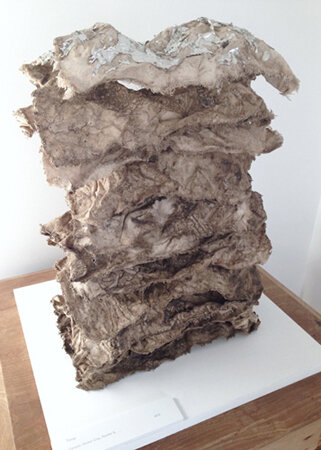Time.
‘The tip of the iceberg’ is a well known saying, often used to indicate the likelihood of something having more to it than meets the eye. Much like an iceberg (most of which sits out of sight under water), the terrain we gaze upon appreciatively is only a fragment of a much bigger picture. Yet landscapes are commonly referred to simply in terms of their visual aesthetic qualities: picturesque; beautiful; awe inspiring; haunting or even grotesque. However, such superficial labels do little to evoke any inkling of the informative treasures hidden within. Just like the iceberg, what lies embedded or concealed from view is of equal importance to that of the visible, despite being unseen.
To look under our feet is to glimpse past and future, entwined in stories of creation and time, readable in the present. Uncovering this richly woven tapestry of dynamic tales concealed behind its recognisable facade, provides intriguing insight into the static scenery we think we know.
Jaques Derrida’s discourse on Trace relates to absence and presence being integral to each other, indistinguishable as separate entities and thus, ultimately one and the same. According to Derrida, nothing is separate. And yet, in terms of significance, that which exists in the now (presence), is generally ranked above that which is absent.
The shifting of prominence to that which can no longer be seen, within that which can, is therefore something I seek to realise through the considered use of both physical materials and of metaphor.

